People use the term “Sole” in reference to several different species of fish with characteristically flattened bodies. Researchers place the many different species in this group into different taxonomic genuses and families.
Though some people refer to certain flounder species as “Soles,” researchers place the true Soles in the taxonomic family Soleidae. Read on to learn about the Sole.
Description of the Sole
All of the various species have dramatically flattened bodies that help them blend in with the bottom. Unlike most fish, which have one eye on either side of their body, these creatures have both eyes on one side.
The different species come in a variety of different sizes. With at least 180 different species, you cannot definitively identify the average size. However, the common or Dover species measures about two feet long.
Interesting Facts About the Sole
These fish have a number of interesting traits and adaptations. Learn more about what makes them unique, below.
- M(eye)gration – Like flounder and other flatfish, these creatures have the unique trait of migrating eyes. As larva, they have eyes on either side of their bodies, and one eye migrates to the other side as they mature.
- Larval Lifestyle – In fact, the larval young live very different lives from the adults. They drift pelagically in the open ocean feeding on tiny prey, such as plankton. They move to the bottom and become demersal once they reach their juvenile phase.
- Food Fish – Several different species in this group make for incredibly popular food dishes. People target them heavily in commercial and recreational fisheries. They have high-quality meat that sells well at the market.
Habitat of the Sole
The many different species all utilize demersal habitats, or habitats along the bottom of the sea. Each species has its own unique preferences as far as depth and substrate go. Some prefer waters closer to shore, while others live along the continental shelf in deeper waters or in the deep sea.
Distribution of the Sole
All of the various species have their own specific distribution and range. Some live across vast ranges while others utilize only a tiny region. You can find members of Soleidae throughout the Atlantic, Indian, and Pacific Oceans. Additionally, some brackish and freshwater species live in waterways in Asia, Africa, Australia, and more.
Diet of the Sole
These fish have carnivorous feeding habits, which means that they prey on other animals. The exact contents of their diet varies based on the size, age, species, and more. Larger fish hunt larger prey, such as fish, shrimp, squid, crab, and more. Smaller individuals hunt for worms, eggs, larvae, plankton, and other small creatures.
Sole and Human Interaction
People utilize this fish quite frequently and heavily. People hunt some species both recreationally and commercially. They have high-quality meat that many people like to eat. For this reason, several species have high commercial importance. Pressure from fishing has reduced some populations globally and regionally.
Domestication
Humans have not domesticated this fish in any way.
Does the Sole Make a Good Pet
People generally do not keep these fish as pets.
Sole Care
Different species in this group require different care. Public aquariums keep some species more frequently than others to teach about ecosystems and overfishing. The tank size, salinity, pH, diet, temperature, and other care needs vary based on the species at hand. Typically, they thrive on a diet of small fish, shrimp, krill, and more.
Behavior of the Sole
These creatures hunt via ambush. Each species has its own unique camouflage to blend in with the habitat that it lives in. Using its camouflage, it waits for prey to stray too close. Some species live solitary lives while others congregate in similar habitats, particularly around a prolific food source. Additionally, some species undergo seasonal migrations to feed or reproduce.
Reproduction of the Sole
The reproductive behaviors and rates of these fish vary based on the species at hand. All of the various species reproduce via spawning. In this process, the female releases her eggs into the water and the male fertilizes them outside of the body. Different sizes and species produce different number of eggs.
The young hatch into a larval form that floats freely in the water column. They settle to the bottom when they reach their juvenile phase. Different species mature at different rates.

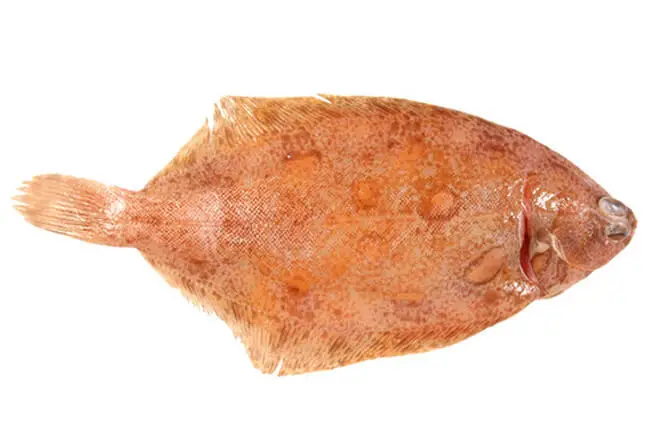
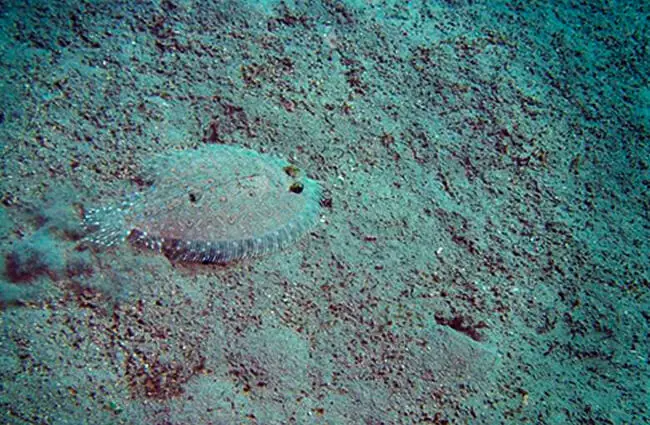


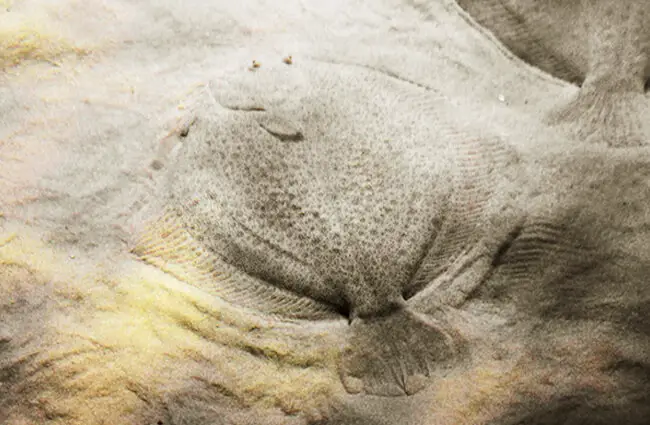
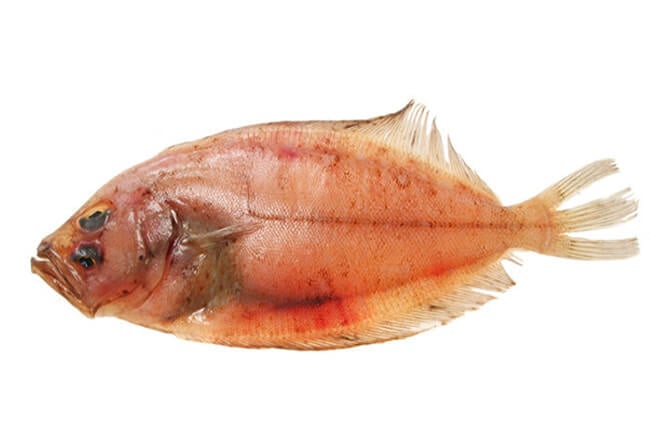
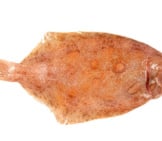


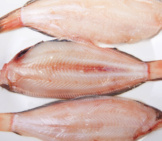
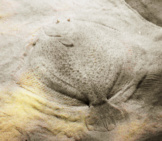
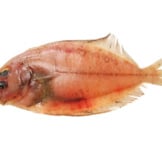
![Red Angus Closeup of a beautiful Red Angus cowPhoto by: U.S. Department of Agriculture [pubic domain]https://creativecommons.org/licenses/by/2.0/](https://animals.net/wp-content/uploads/2020/03/Red-Angus-4-238x178.jpg)












![Red Angus Closeup of a beautiful Red Angus cowPhoto by: U.S. Department of Agriculture [pubic domain]https://creativecommons.org/licenses/by/2.0/](https://animals.net/wp-content/uploads/2020/03/Red-Angus-4-100x75.jpg)

